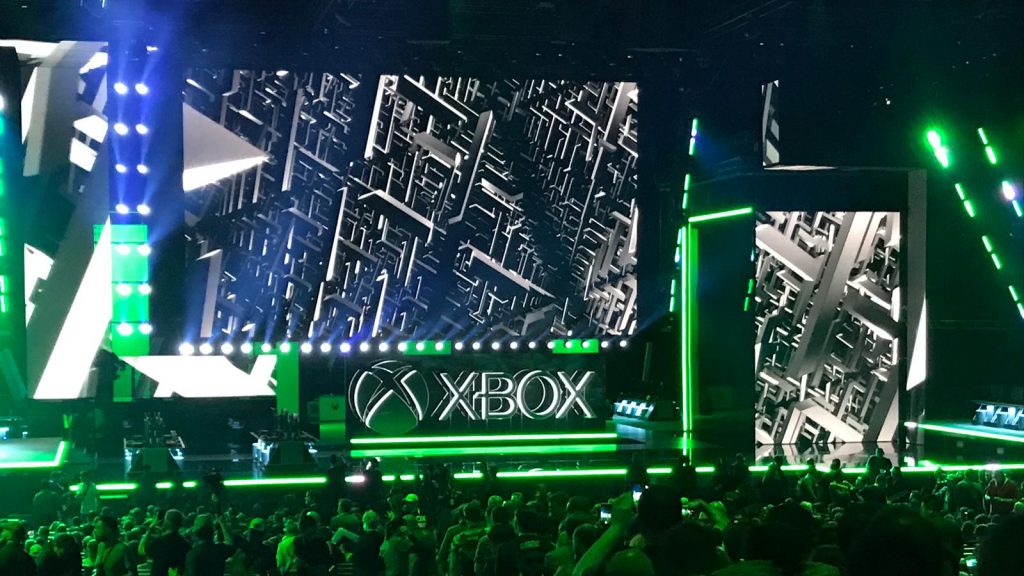Using Artificial Intelligence to Improve Your Gaming Experience

Artificial Intelligence (AI) is a trend in the domain of computer science that has seen rapid growth over the last decade.
What is Artificial Intelligence?
Artificial intelligence is a process in which a computer program is programmed to perform an action or a series of actions, with the aim of achieving a certain goal. As stated above, the reason why AI is fast gaining popularity in our world is because it can be used to improve our lives. All computer programs have to be re-programmed periodically, as it is not possible for the computer to know all the rules and nuances of the games we play on our computers.
Also Read: COVID-19 testing kit from Indian company that needs only 53 seconds!
Also Read: Magic Leap- Rony Abovitz’s dream company to bring a new era of Artificial Intelligence
In the field of Artificial Intelligence, there are many different applications that could improve our lives. The major benefit of AI is that it is able to act and react in many different situations, to ensure that the benefits are maximized and not, for example, used for illegal activities. It is important that the relevant laws and the expertise from experts in law enforcement agencies are incorporated into these processes so that there is no misuse of these machines.
Artificial intelligence in the field of education has a wide variety of applications. Applications range from improving teaching methods to enable students to learn faster and apply what they have learned effectively, and of course, it can also be used in helping teachers to develop the tools and strategies they need in order to instruct their students in a better way.
These systems can be used for just about anything a person might want. This form of technology does not only affect the academic side of education, but also has a strong impact on the recreational side.
Also Read: 7 Best Apps to Keep You Informed & Entertained During Coronavirus
Artificial intelligence can be used in sports by designing sports simulations and predicting how players will perform during a match. Similarly, in educational computing, programs can be designed to tackle complex problems using specialized knowledge. They can be used in bioscience laboratories, and even in the healthcare industry, where it is necessary to be able to operate and learn on different levels at once.
The advancement of entertainment technology has brought about a new age in computing, with Artificial Intelligence now being used in the field of gaming. Games like Angry Birds and other games like that, allow users to use robots, artificial intelligence software, and other innovative tools to complete simple tasks. This leads to a brand new era in computing, where games could include all kinds of activities and even the human element to them.
Artificial intelligence in education can also be applied in more practical environments, where it is useful to take advantage of what we already know and use it in educational processes. For example, while answering quiz questions, it is easy to get the answer wrong, but by placing the appropriate question into context, we may be able to recognize the whole context of the questions and answer correctly.
Also Read: Munich-Based Start-Up Lilium Becomes Europe’s On Of The Most Innovative Companies
Research has proven time and again that games can be a very important task for learning. There are many games that would teach and help you learn at the same time, as well as being a fun way to pass your time. One example is the game “Pictionary” which lets you learn about vocabulary by spelling words and shapes.
Another interesting aspect of games is that it helps you improve your memory and improve your analytical skills. By incorporating this information into the environment of the game, we can transfer the benefits of learning to real-life situations and help us identify problems, or even eliminate them in our daily lives.
When playing games, a lot of the time it is the first-person perspective of the gamer that helps to unlock the content of the game, allowing them to experience the depth of the knowledge that they have obtained. Not only that, but the elements that were hidden within the graphics will also be revealed when the gamer interacts with the things around them.
Artificial intelligence is being used in many different areas, but the most exciting is still the one that can bring entertainment to the computer games we all play. Playing games will always be fun, but to enjoy them without having to think too much will be a great achievement.
What Benefits Do You Think Will Be Gained From Artificial Intelligence?
Artificial Intelligence is widely believed to be the future of robotics. Will it replace human workers? Will it make technology easier to use? Will it lead to better healthcare?
Today we are at great strides in understanding the science of artificial intelligence. It is one of the most exciting fields to explore because of the potential benefits to society.
To understand AI, we must first identify and understand machine and system intelligence. Before that, however, we must understand the notion of Intelligence.
Intelligence is really a combination of the characteristics we attribute to humans: volition, perception, reasoning, and effort. Any intelligent machine will have all of these characteristics. So if we are to define intelligence, we must first find it.
Intelligence is a valuable resource to a machine. In fact, we attribute abilities to machines that are really just characteristics and not actual capabilities.
Now that we know what we mean by intelligence, let’s focus on the potential benefits. First, it will allow for greater creative output by using one’s full potential. Second, it will allow for more output through more attention to detail and effort, which will help to enhance our world.
We must also understand the limits of Artificial Intelligence and whether or not they will progress to the point where it becomes too useful. If they advance, it may mean a reduction in the value of human labor and a reduction in the welfare of mankind. Even as it advances, however, the greatest benefit to humanity is not the creation of new technology but to improve its effectiveness in the future.
We should remember that we can’t predict what the future holds for humans and robots alike. There are plenty of unknowns to ponder.
However, it will be in our best interest to be open-minded when it comes to future technologies and how they affect mankind. Artificial Intelligence won’t provide us with better healthcare, but we should be open to the possibility.
If there are possible future dangers, then we need to be open to the possibility that there could be potential benefits to artificial intelligence. There is no risk-free area of science; that includes Artificial Intelligence.
AI has already progressed far enough to show some potential benefits. It will be up to humanity to continue the discussion on the limits and the pitfalls of this emerging technology.
It’s important to realize that we can’t predict the future and all that is beyond, but we can expect great things from Artificial Intelligence and if we embrace it, it can be a positive thing for humanity and for technology in general. AI is definitely something worth exploring.









